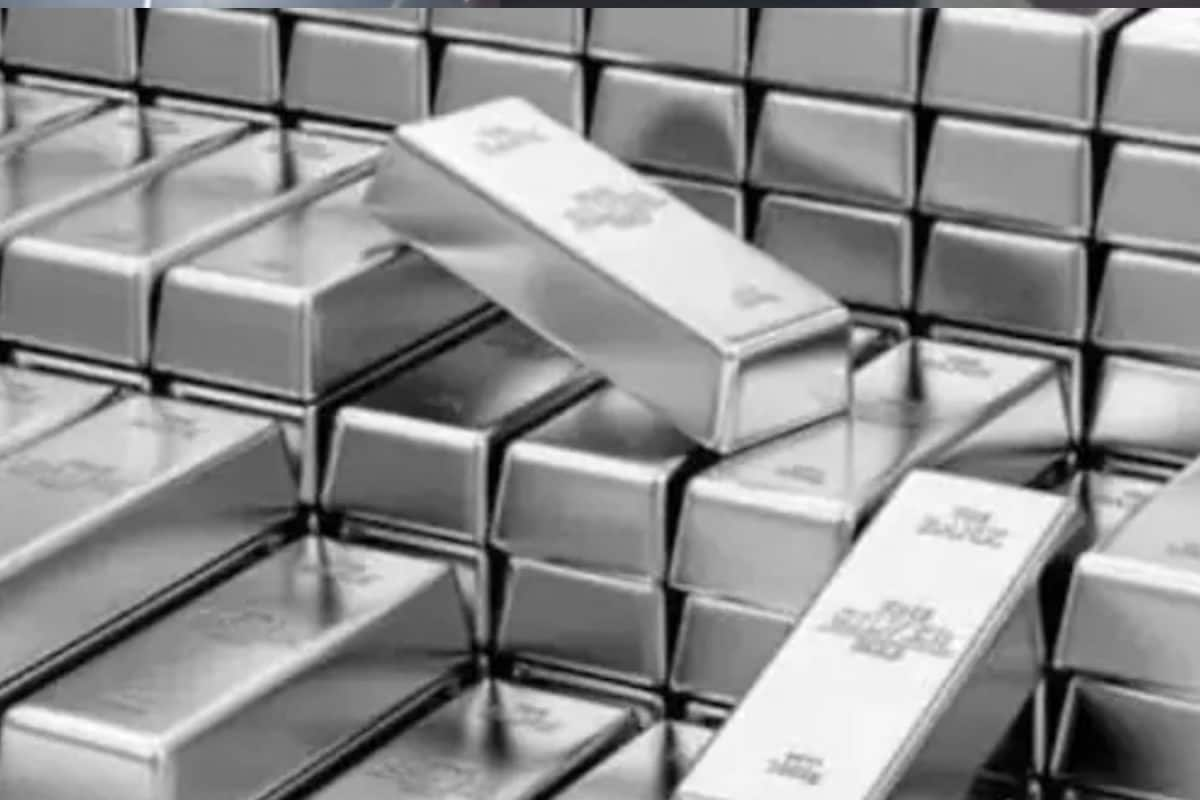

Investing in silver in India can be a way to diversify a portfolio and potentially hedge against inflation, but it's crucial to understand the associated risks before diving in. Silver, often called "the common man's gold," has gained traction as an attractive asset, with Indian investors actively exploring silver investments to diversify their portfolios due to rising prices, global industrial demand, and inflation concerns.
Silver is known to be more volatile compared to gold. Its price can fluctuate significantly due to various factors, including industrial demand, economic growth, and investor sentiment. This volatility can lead to both higher potential returns and greater risk of losses. Investors should be prepared for price swings and consider their risk tolerance before investing in silver.
For those who prefer to invest in physical silver, such as coins, bars, or jewelry, storage and security become important considerations. Physical silver requires safe storage to prevent theft or damage, and the costs of shipping, storing, and insuring physical silver can add up.
While silver is generally a liquid asset, its market is smaller than that of gold. This can result in more pronounced price swings and potential difficulties in selling silver quickly at the desired price, especially during periods of high volatility.
A significant portion of silver demand comes from industrial applications, such as electronics, solar panels, and electric vehicles. Economic downturns or slowdowns in these industries can negatively impact silver demand and prices.
Uncertainties in global trade, potential tariff increases, and changes in clean energy policies can all pose risks to silver demand. Monitoring these global economic factors is essential for making informed investment decisions.
Investor sentiment and speculative trading can also influence silver prices. Sudden shifts in market sentiment or coordinated actions by retail investors, as seen during the Reddit-driven silver squeeze in early 2021, can lead to unpredictable price movements.
Profits from silver investments are subject to capital gains taxes. The holding period determines whether the gains are classified as short-term (held for less than 36 months) or long-term (held for more than 36 months), with different tax rates applying.
It's important to remember that gold is often considered a safer bet than silver for long-term stability. Gold is a proven hedge against inflation and holds its value during economic crises. While silver can offer higher returns, it comes with greater risks. Experts recommend investors consider allocating a portion of their portfolio to both gold (around 8%) and silver (around 15%) to achieve a balance between growth and risk management.